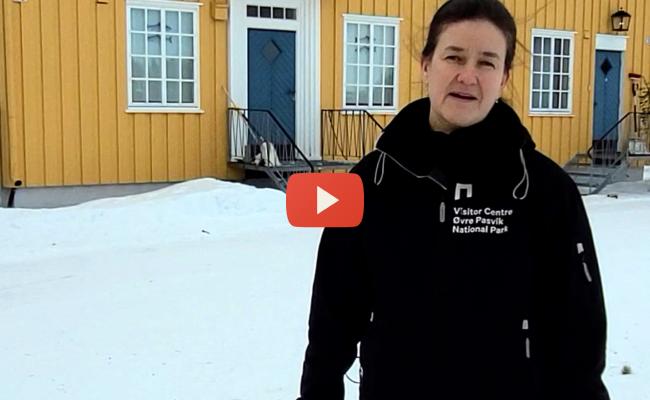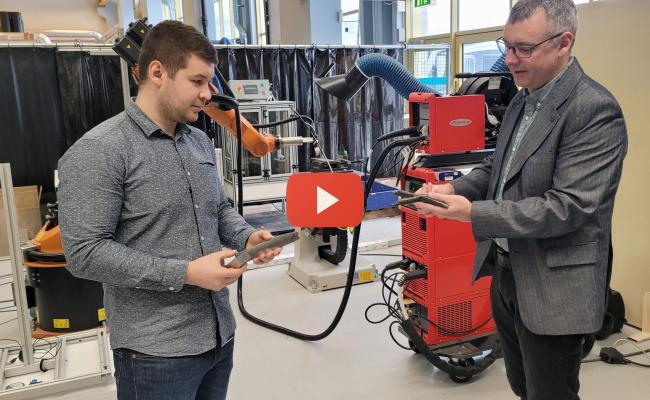The High North Tour 2021: On the Russian Border, Children Research Bear Poo
Svanhovd, Pasvik: She comes from Bilbao in Spain, yet ended up on the Norwegian-Russian border. Here, she uses her academic background as a nature communicator. Norwegian and Russian children reap the benefits of Victoria Gonzalez’ competence.
“Perhaps it is primarily about explaining what goes on in nature in a simple way, so that both children and adults without an academic background can understand it. In my everyday life, I mostly work with children and youth”, says Victoria Gonzalez at the research station in Svanhovd, eastern Finnmark, Norway.
“At Svanhovd, we do for instance focus on bears and conduct research on bear genetics. Children also get to experience this part of research, not only in nature, but also in the laboratory.”
At what is referred to in Svanhovd as Research Lab, children and youth get to do exactly what the researchers do.
“The children work on authentic bear samples, which in this case is bear excrement we have collected. The children love working on bear poo. This is not something they would normally do, and it is an experience in and of itself”, Gonzalez says.
Collaboration with Russia
Svanhovd lies right next to the Russian border and also cooperates with Russian scientists.
“We have had Russian youth visiting us and participating in research. It was a great experience. They did not only learn about bears, but also about management of major predators in Norway, and about cultural differences between Norway and Russia in this area.”
See the entire interview with nature communicator Victoria Gonzalez at the Svanhovd research station on top of this page.
(Subtitles available in English.)



